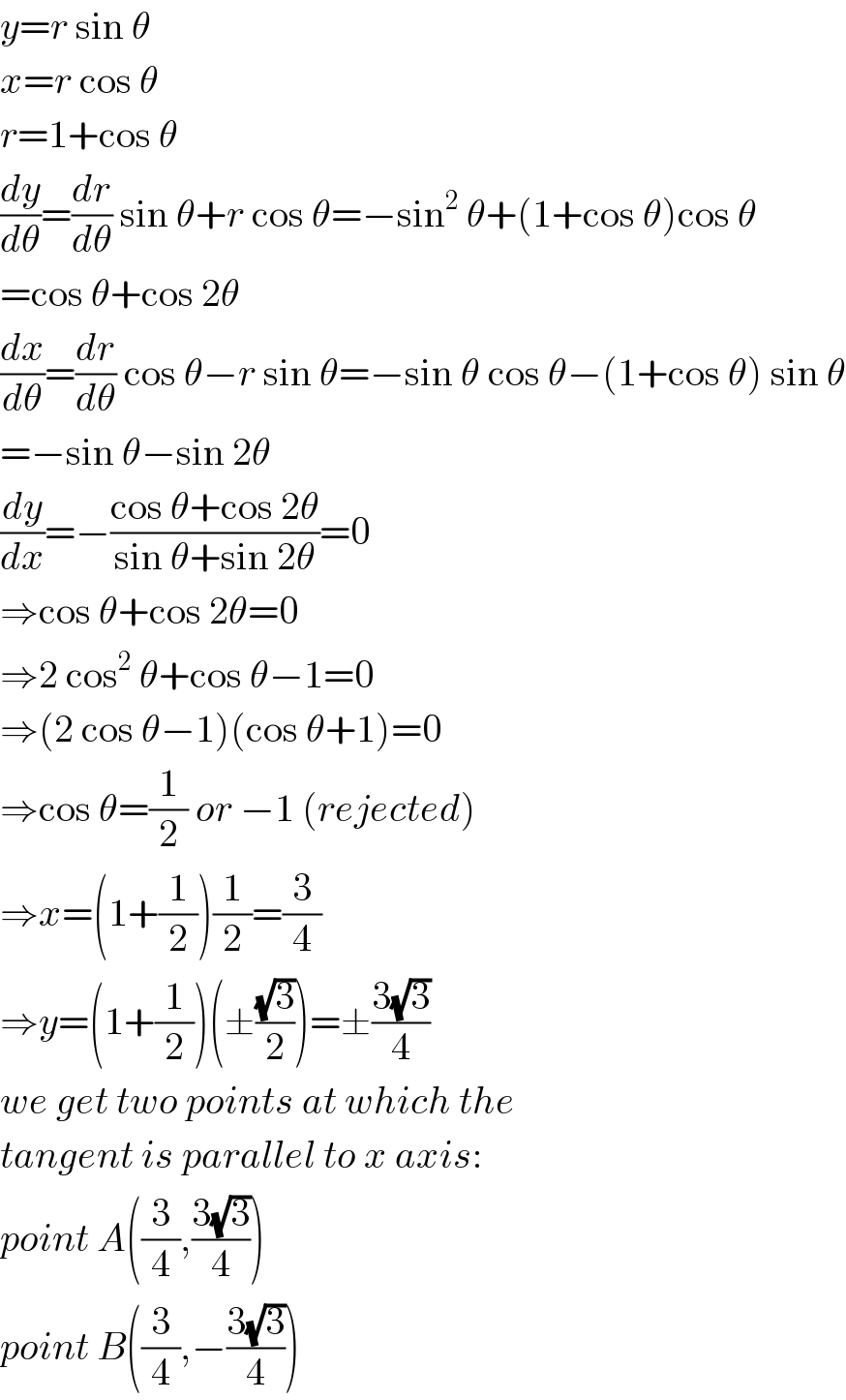
Question and Answers Forum
Question Number 117295 by mohammad17 last updated on 10/Oct/20

Answered by mr W last updated on 10/Oct/20

Commented by mr W last updated on 10/Oct/20

Commented by mohammad17 last updated on 10/Oct/20

| ||
Question and Answers Forum | ||
Question Number 117295 by mohammad17 last updated on 10/Oct/20 | ||
 | ||
Answered by mr W last updated on 10/Oct/20 | ||
 | ||
| ||
Commented by mr W last updated on 10/Oct/20 | ||
 | ||
Commented by mohammad17 last updated on 10/Oct/20 | ||
 | ||